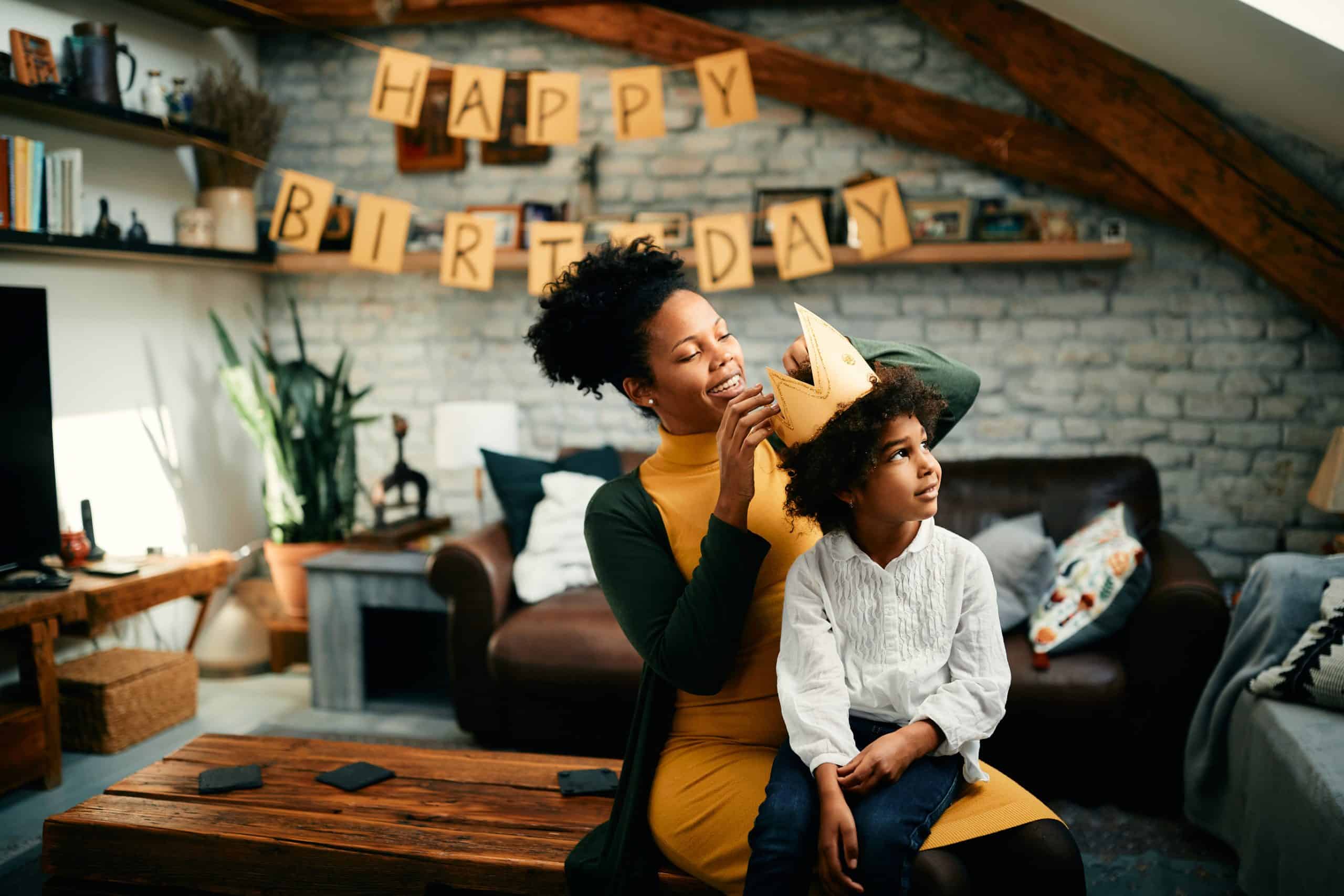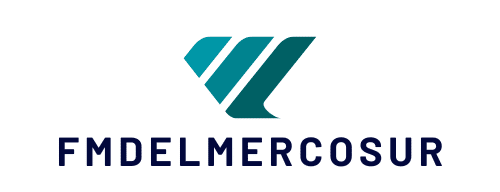How to Prepare Your Dog for the Arrival of a New Baby?

Bringing home a new baby is a thrilling, yet challenging time for families. Amidst the joy and anticipation, it’s vital not to overlook the potential impact this life-altering event can have on your four-legged family member. Dogs, much like humans, need time and help to adjust to a new family member. A well-planned process can help ensure harmony in your growing family. This article will provide a comprehensive guide to preparing your dog for the arrival of a new baby.
Understanding Your Dog’s Perspective
In order to better assist your pet in this transition, it’s crucial to understand things from their perspective. Dogs thrive on routine and predictability. Therefore, the arrival of a baby, accompanied by new noises, smells, and changes in routine, can be quite unsettling for them. This section will provide insight into your dog’s perspective and provide tips on how you can start preparing your pet for these changes.
A lire également : What Are the Best Interactive Feeders for Pets with Fast Eating Habits?
Your home has always been a haven for your dog, with a predictable routine and plenty of your attention. Now, your dog senses changes are coming. You might be spending less time playing fetch due to your growing belly, or new furniture (like a crib or rocking chair) is appearing in the house. These changes can cause anxiety for your dog, so it’s crucial to help them adjust gradually.
Start by introducing your dog to new sounds, smells, and objects associated with a baby. You can play recordings of baby sounds, apply baby lotion to your hands before engaging with your dog, or allow your dog to explore baby furniture and toys (under supervision, of course). This helps your dog get accustomed to these new elements before your baby arrives.
A lire en complément : What Is the Best Way to Teach a Cat to Communicate Using Buttons?
Training Your Dog for New Baby-related Behaviors
The arrival of a baby will require your dog to understand and respect certain boundaries. Fostering these behaviors prior to your baby’s arrival can help make the transition smoother. In this section, we will discuss the most crucial training areas and how to teach your dog these new rules.
One of the first things to teach your dog is to stay calm around the baby. Babies can be unpredictable with their movements and sounds, which can startle your dog. Begin by rewarding your dog for calm behavior. Use treats to reinforce this behavior anytime your dog is calm in situations where they might typically be excited.
Training your dog to stay out of the baby’s room is another important task. Start by setting up a barrier, like a baby gate, at the entrance. Teach your dog to wait at the gate, rewarding them with treats when they do so. Over time, your dog will learn that the baby’s room is off-limits without your permission.
Addressing Your Dog’s Needs Post-Baby Arrival
Following the arrival of your baby, amidst the joy and exhaustion, it’s crucial not to neglect your pet’s needs. This section offers some tips and strategies to ensure your dog still feels loved and cared for during this time of significant change.
While it’s understandable that your time and attention will be divided, ensure your dog still gets regular exercise and mental stimulation. This could be as simple as a walk around the block, or a quick game of fetch. Additionally, invest in puzzle toys that can keep your dog entertained when you’re busy with the baby.
Try to involve your dog in daily baby activities as much as possible. This helps your dog understand that the baby is a part of the pack, not an intruder. For instance, while feeding or changing your baby, encourage your dog to sit calmly beside you. Praise and reward your dog for their good behavior. Remember, positive reinforcement is key in maintaining desired behavior.
Introducing Your Dog to Your New Baby
As the moment arrives to introduce your dog to your new child, it’s essential to make this a positive experience for your dog. In this section, we’ll share some strategies to create a successful first meeting between your dog and your baby.
Before the actual introduction, let your dog sniff an item of the baby’s clothing. This helps your dog get accustomed to the baby’s scent. When it’s time for the actual introduction, ensure your dog is calm. A tired dog is a good dog, so ensure your dog has had a good amount of exercise beforehand.
During the introduction, keep your dog on a leash for better control. Allow your dog to sniff the baby at a respectful distance. Make sure to praise and reward your dog for calm behavior during the meeting. Always supervise these interactions until you’re confident that your dog is comfortable and behaves appropriately around your baby.
Helping Your Children Understand Your Dog’s Needs
As your child grows and begins interacting with your dog, it’s vital to teach them about respecting your dog’s boundaries. This final section will explore how to educate your children about your dog’s needs and foster a positive relationship between them.
Teach your child appropriate ways to pet and handle the dog. Explain that dogs, like people, need personal space and shouldn’t be disturbed while they’re eating or sleeping. Encourage your child to engage in play activities that are safe and enjoyable for both parties, such as fetch or hide and seek.
By involving your child in your dog’s care, like feeding or grooming, you can help foster a sense of responsibility and empathy in your child. This not only strengthens their bond with the dog but also teaches them valuable life lessons.
In conclusion, while the arrival of a new baby is a time of joy, it’s also a time of significant adjustments for your dog. By preparing your dog well in advance, providing the necessary training, and ensuring their needs are met post-baby, you can help facilitate a smoother transition. Further, by teaching your child to respect and care for your dog, you lay the foundation for a lifelong friendship between them.
Managing Jealousy and Ensuring Your Dog’s Emotional Well-being
When a new baby arrives in the family, it’s common for dogs to experience feelings of jealousy due to the sudden shift in attention. It’s important to address these feelings to ensure your dog’s emotional well-being. In this section, we’ll explore strategies to help manage potential jealousy and ensure your pet continues to feel loved and secure.
A shift in the family dynamics can be confusing for your dog, especially if they were the only ‘child’ before the baby’s arrival. They may struggle to understand why they’re no longer the center of attention. Dogs can express their jealousy or confusion in various ways, such as acting out, being overly protective, or showing signs of anxiety.
To help your dog navigate through these emotions, maintain as much of their regular routine as possible. If your dog is accustomed to daily walks or playtime with you, ensure these activities continue after the baby’s arrival. It’s essential to establish a new normal where your dog understands they are still a significant part of the family.
Employing a positive reinforcement strategy can also help manage jealousy. Reward your dog with treats or praise for displaying positive behavior around the baby. This will help them associate the baby’s presence with positive experiences.
Creating a Safe Environment for the Baby and Your Dog
The safety of both your baby and your pet is paramount. This section will explore how to create an environment that promotes safety and peace for everyone in your household.
Firstly, you should never leave your baby unsupervised with your dog, no matter how friendly or gentle your dog may be. Dogs can be unpredictable, and it’s better to be safe than sorry. Always supervise their interactions and intervene if your dog displays any signs of stress or aggression.
Regularly grooming your dog is essential to prevent the spread of germs. Ensure your dog is up-to-date with vaccinations and flea/tick treatments. Regular vet check-ups will help ensure your dog is in good health and not carrying any illnesses that could potentially be passed to your baby.
It’s also beneficial to designate areas in your home where your dog can retreat to if they’re feeling overwhelmed or anxious. This could be a dog bed in a quiet room or a safe spot outside. This ensures your pet has a safe space to relax away from the hustle and bustle of the baby.
Conclusion
Integrating a new baby into a home with a dog requires careful planning and thoughtful execution. Understanding your dog’s perspective and taking steps to prepare them for the changes can help facilitate a smoother transition. Training your dog for new baby-related behaviors and ensuring their needs are met post-baby arrival are crucial.
Managing potential feelings of jealousy and ensuring the emotional well-being of your dog is also key. Remember, your dog has been a part of your family long before the baby arrived, and it’s crucial they still feel loved and valued. Creating a safe environment for both your baby and your pet is paramount for everyone’s peace of mind.
Lastly, as your child grows, teaching them to respect and understand your dog’s needs will foster a positive relationship between them. By involving your child in your dog’s care, you not only lay the foundation for a beautiful friendship but also teach them valuable life lessons.
Remember, patience, consistency, and love are key when helping your dog adjust to a new baby. Your pet is a part of your family, and with the right preparation and care, they’ll come to see the new baby as an addition to their pack.
